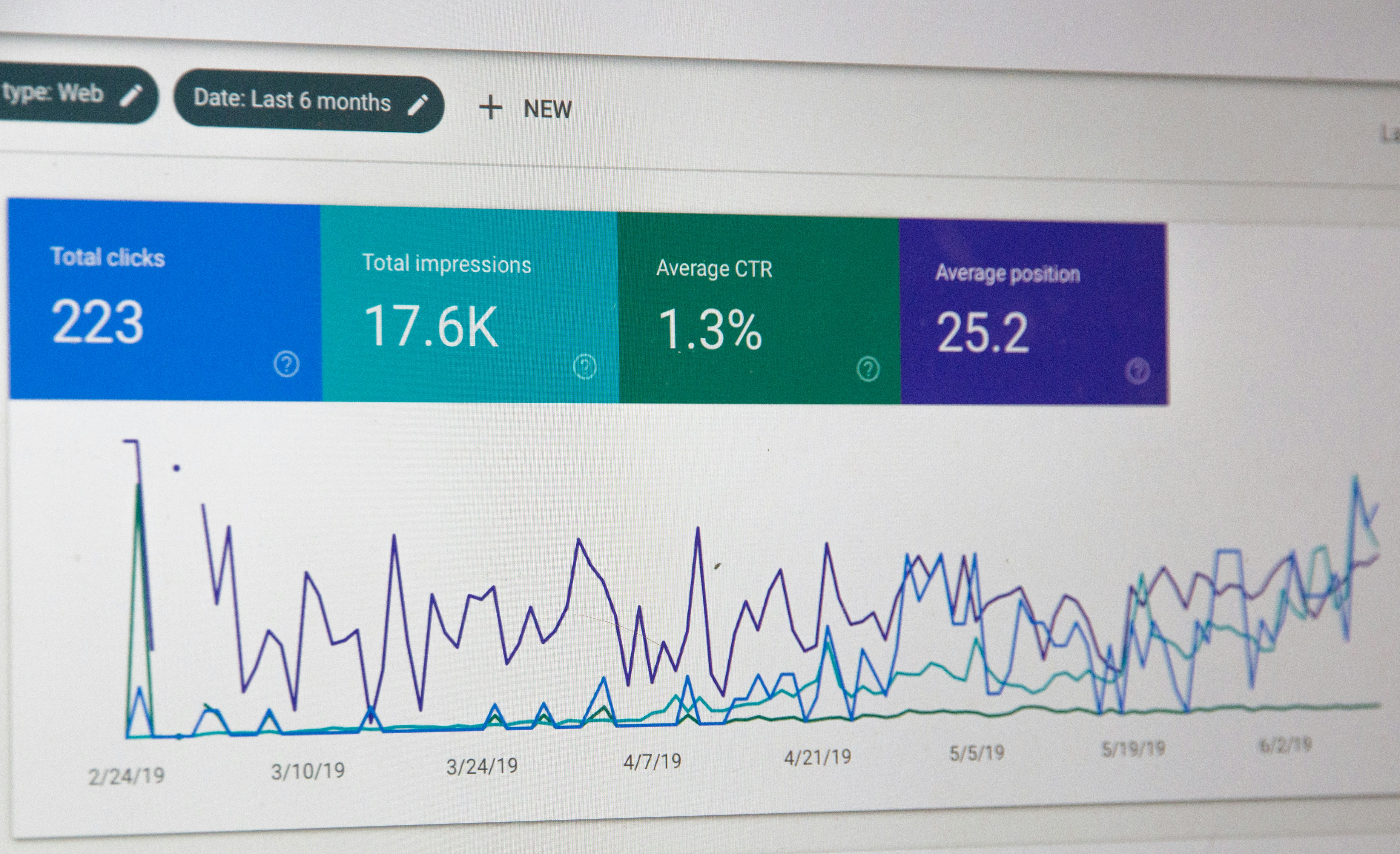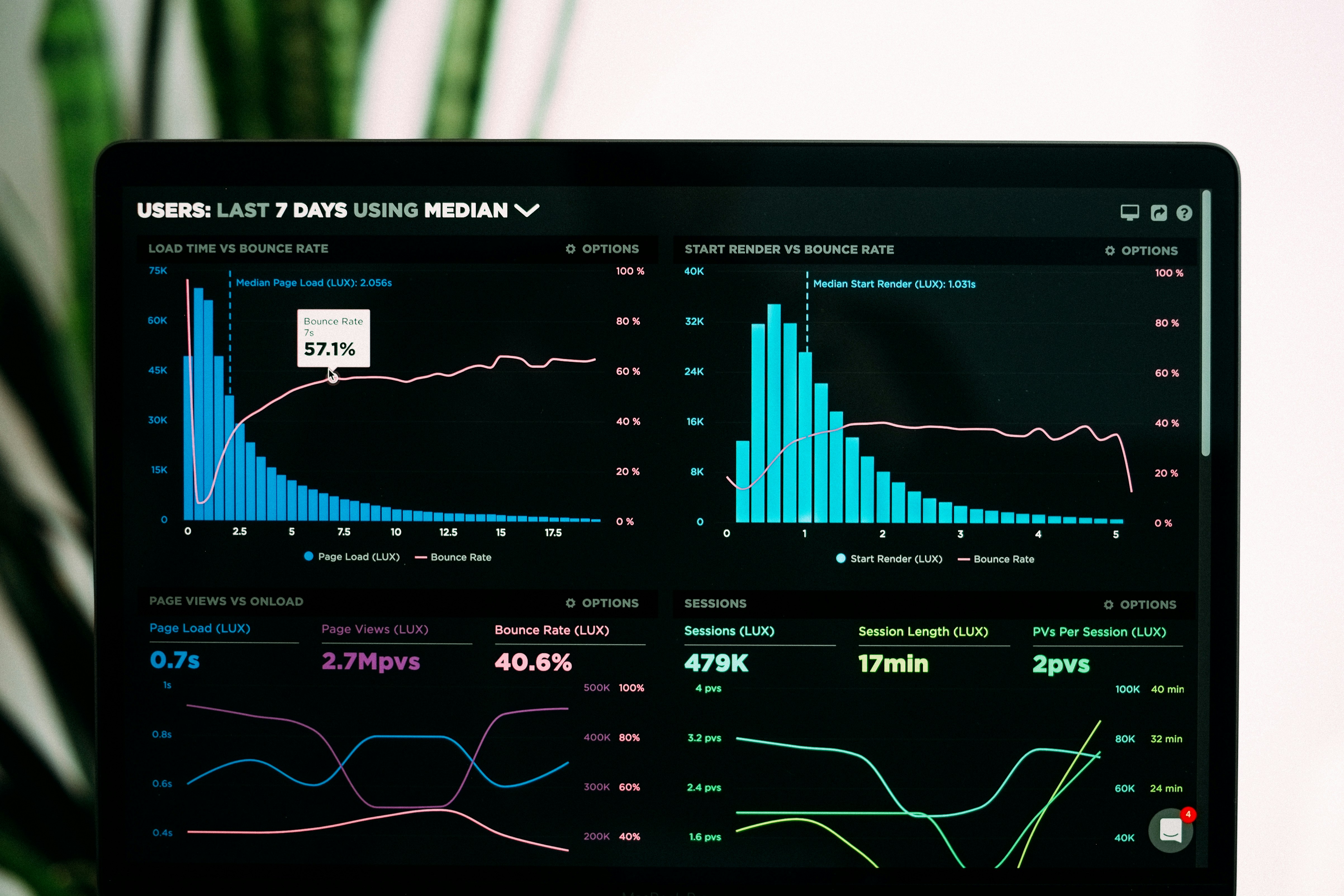Category:
Marketing & Communications
Client:
Marc Jacobs
When Market Evolution Outpaces Marketing Models
COTY's Marc Jacobs brand had built a strong foundation using demographic targeting—age, income, location—the proven marketing approach that had delivered solid results for years.
But the beautiful landscape was shifting beneath their feet. Campaigns that had historically performed well were seeing engagement plateau. Conversion efficiency was declining despite strong brand loyalty. The market was evolving faster than traditional targeting methods could adapt.
Customer behaviour was becoming more complex and fluid. Shopping patterns crossed channels seamlessly. Values-driven purchasing was on the rise. Beauty routines were becoming deeply personal in ways that didn't align with conventional demographic categories.
COTY's marketing team recognized they needed to evolve their customer understanding to match these changing dynamics.
Bridging Traditional Insights with Modern Behaviour
The challenge wasn't that COTY's approach was wrong—demographic targeting had been the industry standard for good reason. But customer behaviour was becoming more nuanced than traditional categories could capture.
Their demographic segments made logical sense—"affluent millennials," "professional women 35-44," "urban beauty enthusiasts"—but they weren't reflecting the full complexity of how people discovered, bought, and used Marc Jacobs products. The market was demanding more personalised connections.
The opportunity was clear: Customers with strong brand affinity weren't always fitting expected profiles. High-value purchasers were showing up across different demographic groups. Values-driven purchasing decisions were cutting across traditional boundaries.
The beauty market was rewarding brands that could connect more personally with their customers. COTY needed to enhance their customer intelligence to match this evolving landscape.
Enhancing Customer Intelligence with Behavioral Insights
Rather than replacing COTY's existing approach, we enhanced it with a deeper layer of behavioral understanding. The goal was to build on their strong foundation while adding the nuanced customer intelligence that modern beauty marketing demands.
The enhanced intelligence approach: We launched a comprehensive research operation, combining transactional data and digital engagement logs with customer surveys and in-depth interviews. Using NLP techniques on open-text responses, we uncovered psychological and lifestyle patterns that complemented traditional demographic insights.
The behavioral layer: Using Python, I built a segmentation pipeline that integrated traditional demographics with actual customer behavior—purchase patterns, product preferences, and engagement habits. K-Means clustering revealed natural customer groups that were far richer than demographic categories alone.
Bringing insights to life: Each segment became a multi-dimensional persona, enriched with real customer quotes, motivations, and discovery pathways. Instead of just "women 25-34 with high disposable income," we had "Experimental Explorers who discover products through social proof and value authenticity alongside prestige."
The transformation delivered: Campaign engagement increased 30% by combining demographic precision with behavioral relevance. The CRM team built journey-based automation that reflected how customers moved through their beauty discoveries. Most importantly, we created a scalable framework that COTY could apply across its entire brand portfolio.
The project demonstrated that the most effective modern marketing combines the reliability of demographic targeting with the precision of behavioral intelligence.


